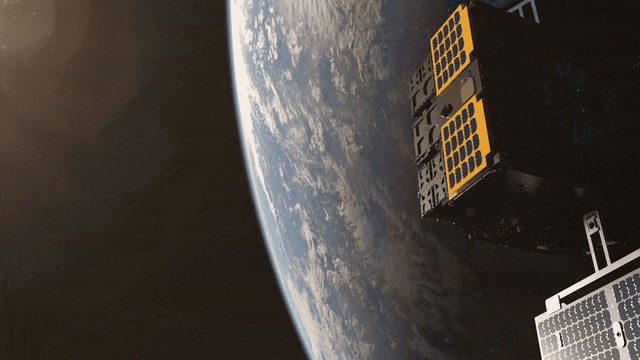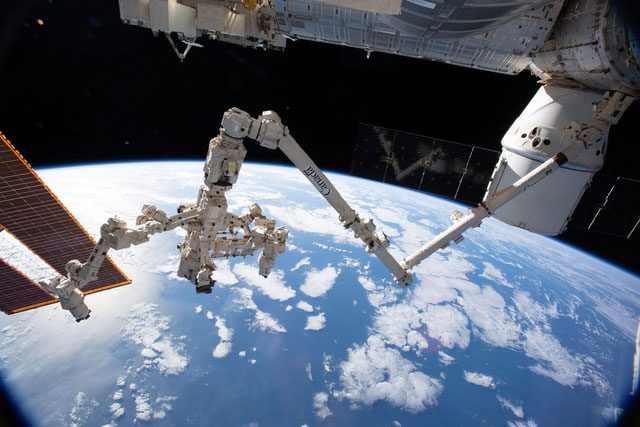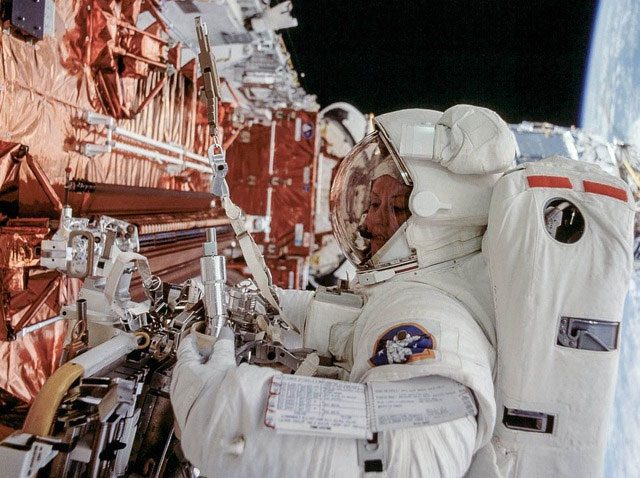There is no definitive and clear answer to this question as there are various methods for repairing artificial satellites in space, depending on the severity of the damage and the type of satellite.
The internet, countless television and radio channels, GPS, air traffic management, weather forecasting… and that is just the beginning of the list of benefits that artificial satellites bring to our daily lives.
It would not be an exaggeration to say that the structure of modern industrial life functions perfectly thanks to the enormous artificial objects orbiting our planet hundreds of kilometers away. This is enough to emphasize that artificial satellites are extremely important, even if we take them for granted.
Since the launch of Sputnik 1, the first artificial satellite ever created, thousands of artificial satellites have been launched into orbit around the Earth. Among them, a few hundred satellites are currently operational. However, what happens when there is an incident involving these satellites? What if a component malfunctions, potentially crippling the entire satellite? Are such damages repairable? And if so, how can it be done?

Artificial satellites are extremely important, even if we take them for granted. (Illustrative image).
Satellites Are Not Designed for Future Repairs
Firstly, artificial satellites are generally not designed for repair, meaning they are not usually constructed in a way that allows for repairs if an incident occurs in space. To ensure that repairs are not necessary, manufacturers consider as many contingency scenarios as possible when designing their satellites. Even after this design process, they are tested in various simulated conditions to verify their strength and resilience in the harsh space environment.
Even after they have created the perfect satellite (which is nearly impossible), the next and most crucial step is launching the satellite into orbit. This step in the process requires a vast infrastructure that only a few countries can afford. As you might guess, putting a satellite into orbit is a very expensive operation, so engineers do their utmost to ensure a smooth transition from Earth into space.

Artificial satellites are generally not designed for repair. (Illustrative image).
Satellite Incidents Occur
However, despite undergoing extensive testing, inspections, and mitigation measures, satellites can still malfunction. The reality is that out of the thousands of artificial satellites in space, only a few hundred are operational. In fact, those satellites that have failed and are no longer operational significantly contribute to what is known as “space debris”, which is quite problematic.
Occasionally, some components of a satellite may malfunction, but this does not necessarily mean that the entire satellite is completely ruined. A satellite is maintained in operation for as long as possible without any components malfunctioning, until it becomes completely useless. At that point, it is simply abandoned.

Satellites have enormous scientific value and would be repaired if damaged in any way. (Illustrative image).
However, this does not mean that all artificial satellites share the same fate if one of their components fails. Satellites such as the Hubble Space Telescope and the International Space Station, which have immense scientific value, would be repaired if they were damaged in any form.
Take the ISS as an example; it is essentially a space laboratory that regularly hosts astronauts and researchers. In the rare cases where these structures are damaged, they cannot be abandoned. Therefore, technicians and specialists are sent into space on space shuttles when such damages occur. These shuttles come very close to the mentioned satellites, performing docking maneuvers in space (attaching the shuttle to the satellite) and carrying out the necessary repairs.

Ongoing Projects Related to Satellite Repair, Refueling, and Maintenance
Vivisat, a 50/50 joint venture between US Space and ATK, specializes in providing services to protect and extend the lifespan of satellites in orbit. It uses the Mission Extension Vehicle (MEV) to connect with the relevant satellites to service them and provide propulsion and altitude adjustments if necessary.
Phoenix, an active project under DARPA, aims to demonstrate and develop new satellite assembly and distribution systems. Essentially, it aims to assemble satellites in orbit, as well as remove old satellites to reduce space debris.
The Satellite Servicing Capability Office at NASA’s Goddard Space Flight Center has developed a program called RRM, which has even been tested on the ISS and achieved early-stage success. RRM is a multi-stage technology demonstration on the ISS that is currently testing certain technologies and tools for repairing and refueling satellites in orbit, especially those that are unserviced.
This mission includes a RRM module (essentially a box with operational panels) and four compact RRM tools. Dextre, the ISS’s two-armed robot controlled remotely from Earth, acts as a technician who goes out to the RRM module and performs repairs on damaged satellites using the RRM tools.


















































